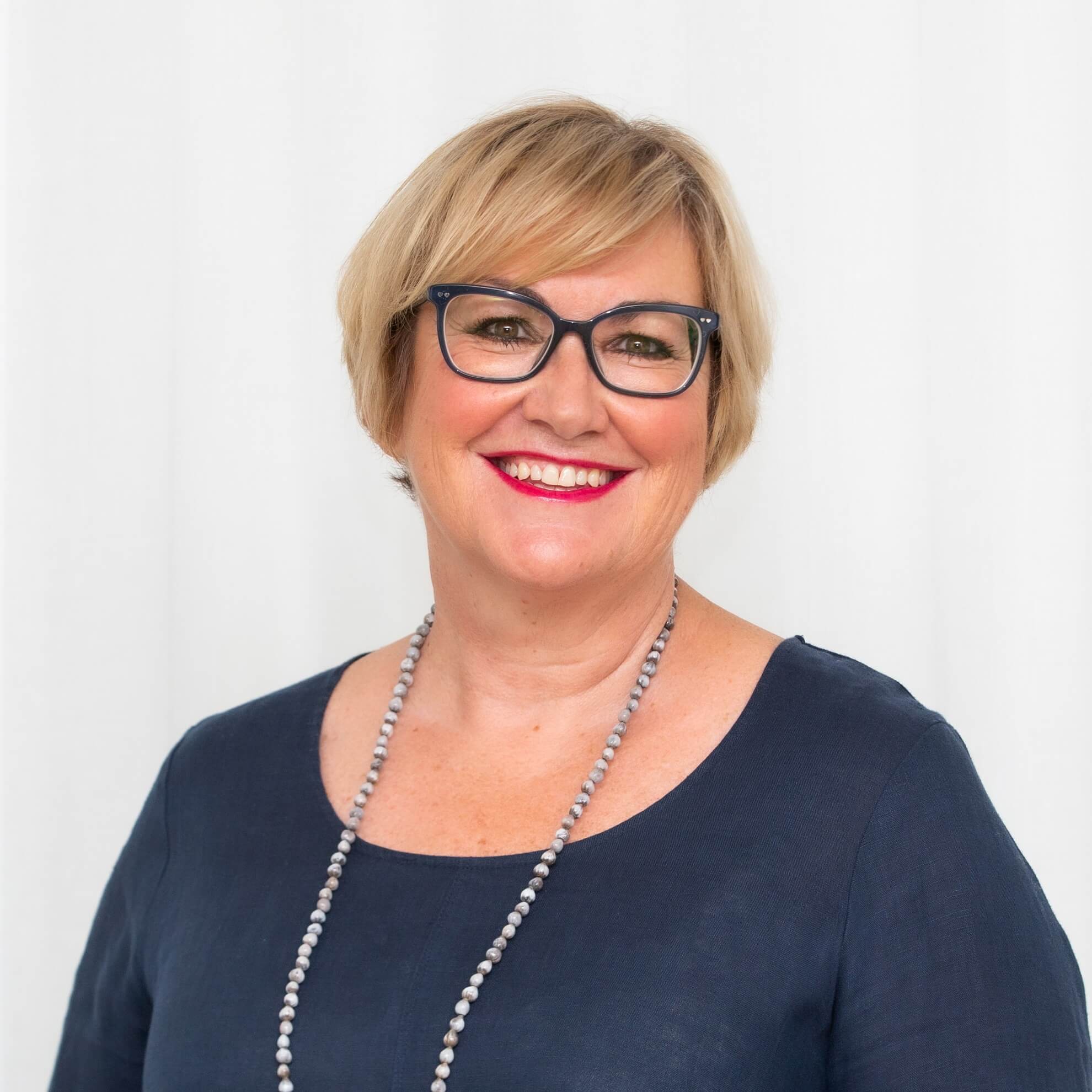To work, or not to work? That is the question many Australian women (and some men) have to consider after having children. Sadly, both options can have long-term negative financial consequences.
While it would seem obvious that not working is likely to set your bank balance back, going back to work can also be costly. Indeed, studies have shown that some mothers go back to work for no net financial gain. That’s because childcare in Australia is extremely expensive.
According to the 2013 AMP.NATSEM report, Cost of Kids, it’s not uncommon for the cost of childcare to be between $8 and $10 an hour and sometimes even higher in cities such as Sydney and Melbourne. For a full day of childcare, this can amount to upwards of $140 per day per child before government assistance.
At present, some families benefit from the government’s Family Tax Benefit payments and all have access to the annual childcare rebate. But this has unfortunately been capped at $7,500 and many working mothers have found it quickly runs out before the end of the financial year and they have to fork out the full fees for childcare.
Research by the Australian National University has shown that this cap, combined with annual income taxes paid on salaries and the high costs of childcare, means that middle to high income mothers are working for between $5 and $8 an hour. Worse is that low income mothers are actually losing money on the fourth and fifth day of the working week.
The good news is that from July 2018, the government’s Jobs for Families legislation, which passed through the Senate in March, will remove the $7,500 annual cap for families on incomes of $185,710 or less. For families earning more than $185,710, the cap rises to $10,000 and families earning over $350,000 a year will no longer get any childcare subsidies.
As part of the new package, Family Tax Benefit Part A and B payments will be frozen for two years and the current complicated rebate system will be replaced by a single, means-tested Child Care Subsidy. This pays a much higher rate of 85 per cent for families earning up to $65,710 and then tapers down to 20 per cent for families earning more than $250,000.
Mothers who don’t go back to work when their children are young also face several costs. Firstly, there’s the lost income from not working. Then there’s the loss of work experience and vital contacts and networks, not to mention falling behind on new developments in the fast-changing business environment.
In addition, mothers re-entering the workforce often find they are earning less than their former peers. Plus, they’ve also lost out on all the superannuation contributions their employer would have made on their behalf and the earnings that these contributions could have generated through compounding over time. All this means they have a lot of catching up to do.
So will you be better off financially if you stay at home or go back to work?
To answer this question, you first need to know where you stand in terms of each option as well as any other approaches you might take, such as working only three days a week or working from home. Here are some steps that may help you do this:
- Ask your employer about your paid leave entitlements like maternity leave, recreation or annual leave, long service leave or unpaid leave. What leave entitlements does your partner have?
- Find out about what government payments you and your partner can access under all the different scenarios available to you. You could be eligible for government benefits such as Parental Leave Pay, Family Tax Benefit or Dad and Partner Pay. Depending on your income and assets, you may also be entitled to other benefits such as Child Care Benefit, Parenting Payment, Rent Assistance or a Health Care Card.
- Draw up a budget to assess what your income and expenses will be during this period under all scenarios. And consider any ways you could reduce the expenses or boost the income.
- Consider talking to a financial planner to better work out the pros and cons for your personal situation.
Source: FPA
